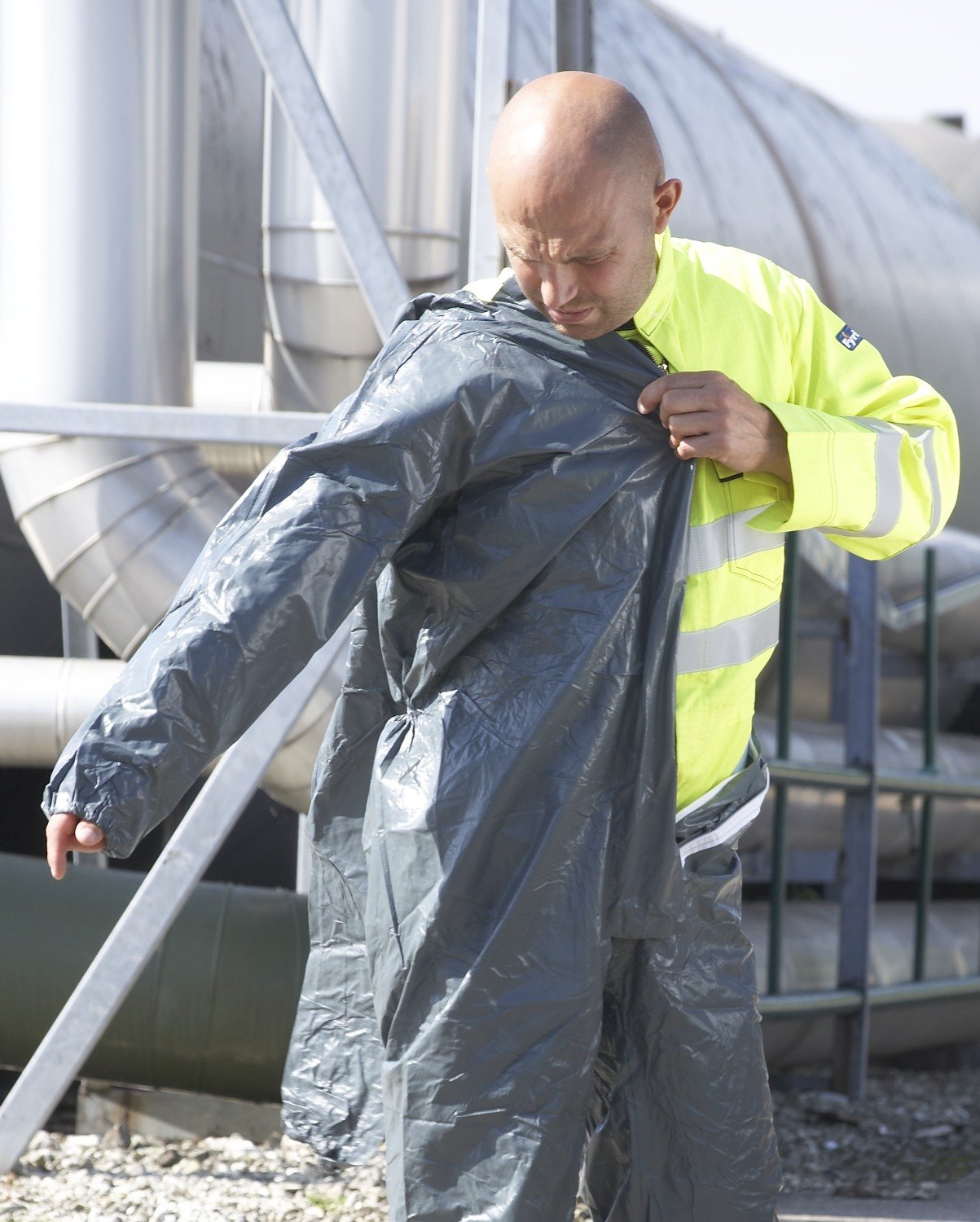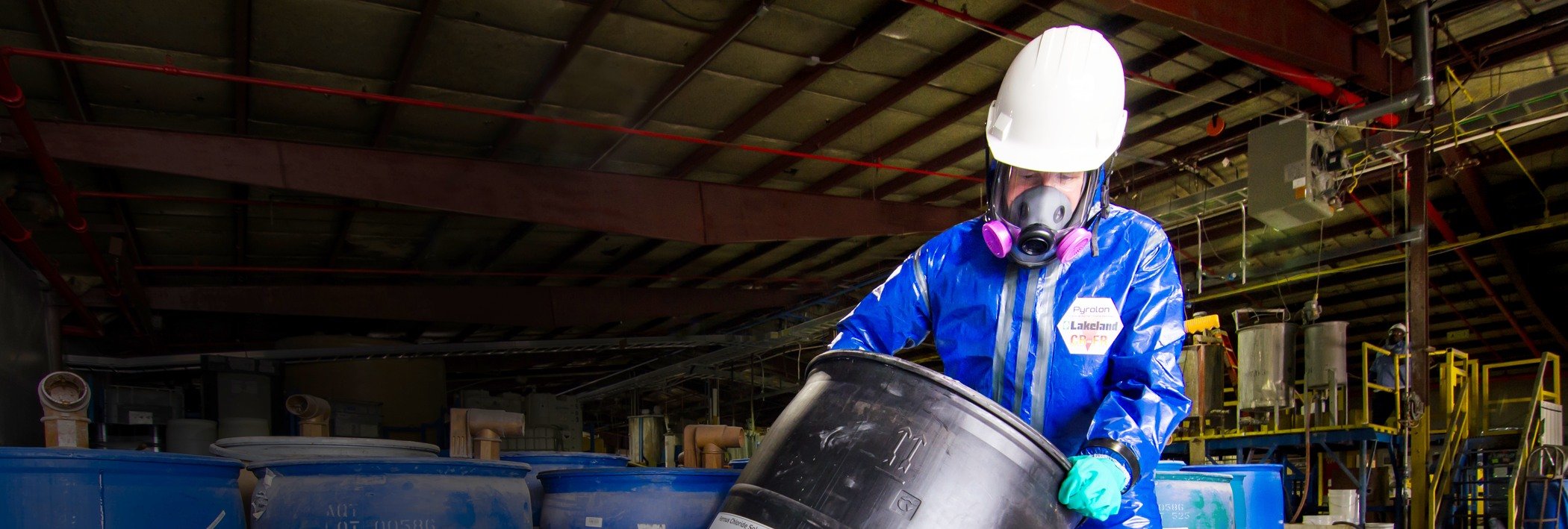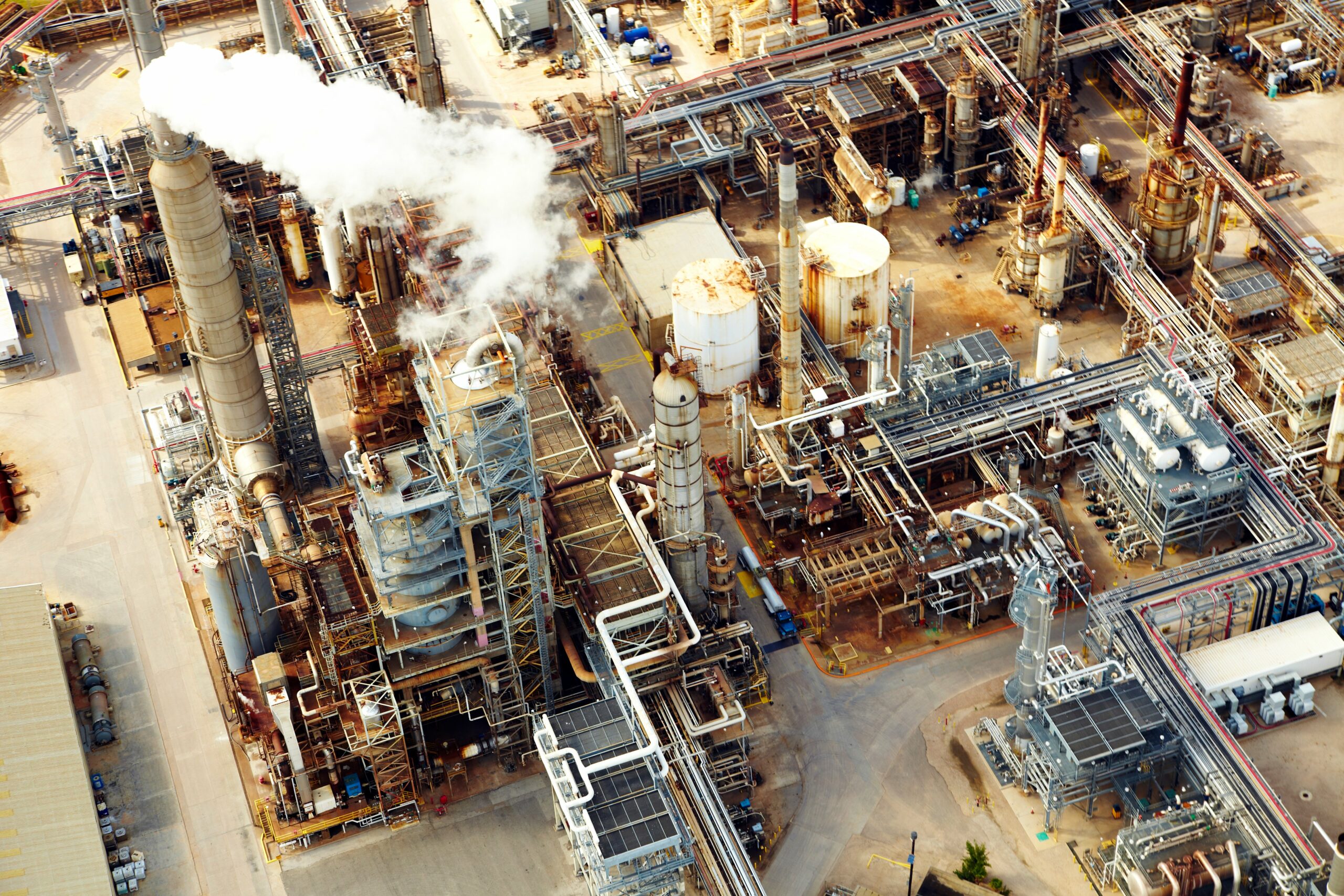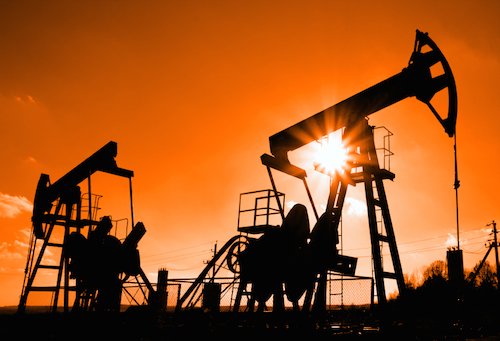How do you know that your team is wearing the right personal protective equipment for their unique work environment? Most safety experts rely on testing results and certifications, but those processes are not always accurate.
Personal protective equipment (PPE) is tested to determine its performance and where it falls among the many industry standards, but one problem with this process is that PPE is often tested in isolation—not how PPE is used in the real world.
When your team is on the job, they are often wearing multiple types of PPE together. Is there a risk that one type of PPE can adversely affect the performance of the other? One particularly unsafe PPE combination is chemical protection and flame and heat (FR) protection.
In the webinar included below, I am happy to share my personal knowledge and our objective testing results to help you tackle this complicated (and potentially dangerous) situation, including discussing the problem of combining PPE and the solutions you should consider for your workplace.
Please enjoy the webinar or skip below to review the webinar summary.
Why Is Combining FR Workwear and Chemical Protection a Potential Problem?
In many industries, particularly the petrochemical industry, it is standard procedure to wear FR protective certified suits or other protective garments. Many workers in this industry also need chemical protection. As a result, the typical combinations worn in these situations in an attempt to provide both forms of coverage can be dangerous. This is because many chemical protective garments have the potential to compromise your thermal protection.
The problems occur when you wear typical external chemical protective workwear over the FR garments and come into contact with flame. When this happens, the outer chemical protective garment will ignite and burn, dripping molten plastic onto the thermal protective garment below, transferring heat energy through to the wearer with the potential to cause serious injuries.
To demonstrate the risks your team may be taking, the webinar includes testing results with videos, facts, and figures that prove that standard chemical protective clothing over thermal protective workwear will seriously compromise your team’s thermal protection.
Demonstrations and Testing that Define the Problem – and the Solution
Fortunately, this dangerous problem has a solution in the form of secondary FR workwear, a type of chemical protective clothing made from fabric that will not ignite and burn. The garment’s primary purpose is to protect against chemicals, but they are designed in a way that does not ignite and burn as normal protective, disposable chemical protective clothing will. As a result, these garments can be safely worn over thermal protective workwear.
Watch the webinar to see video testing and demonstrations of what happens in the same dangerous situations with this updated, problem-solving PPE combination.
| The Importance of Thermal Mannequin Testing & Body Burn Maps |
| Predicted Body Burn Maps produced by a thermal mannequin test prove both the danger of wearing standard disposable garment over FR workwear… and the effectiveness of the solution, Secondary FR Workwear. Watch the webinar to see the evidence. |
The tests and evidence for both types of PPE combinations examine:
- Different types of garment options.
- The standards that these garments meet.
- Specific requirements within the standards.
- The dangers of certified garments that don’t meet all standard requirements.
- The dangers of low cost garments that may be certified but don’t offer the protection you need.
- How different garments and garment combinations perform on individual tests, including thermal protection, predicted body burn, and degree of predicted burns.
The testing demonstrations and explanation, make clear that safety managers cannot assume that equivalent certification means products are equivalent. Very different products (that perform differently in dangerous situations) can be certified to meet the same standards. Don’t assume that certification alone ensures that a garment is safe to wear in your application.
Protect Your Team with Pyrolon®
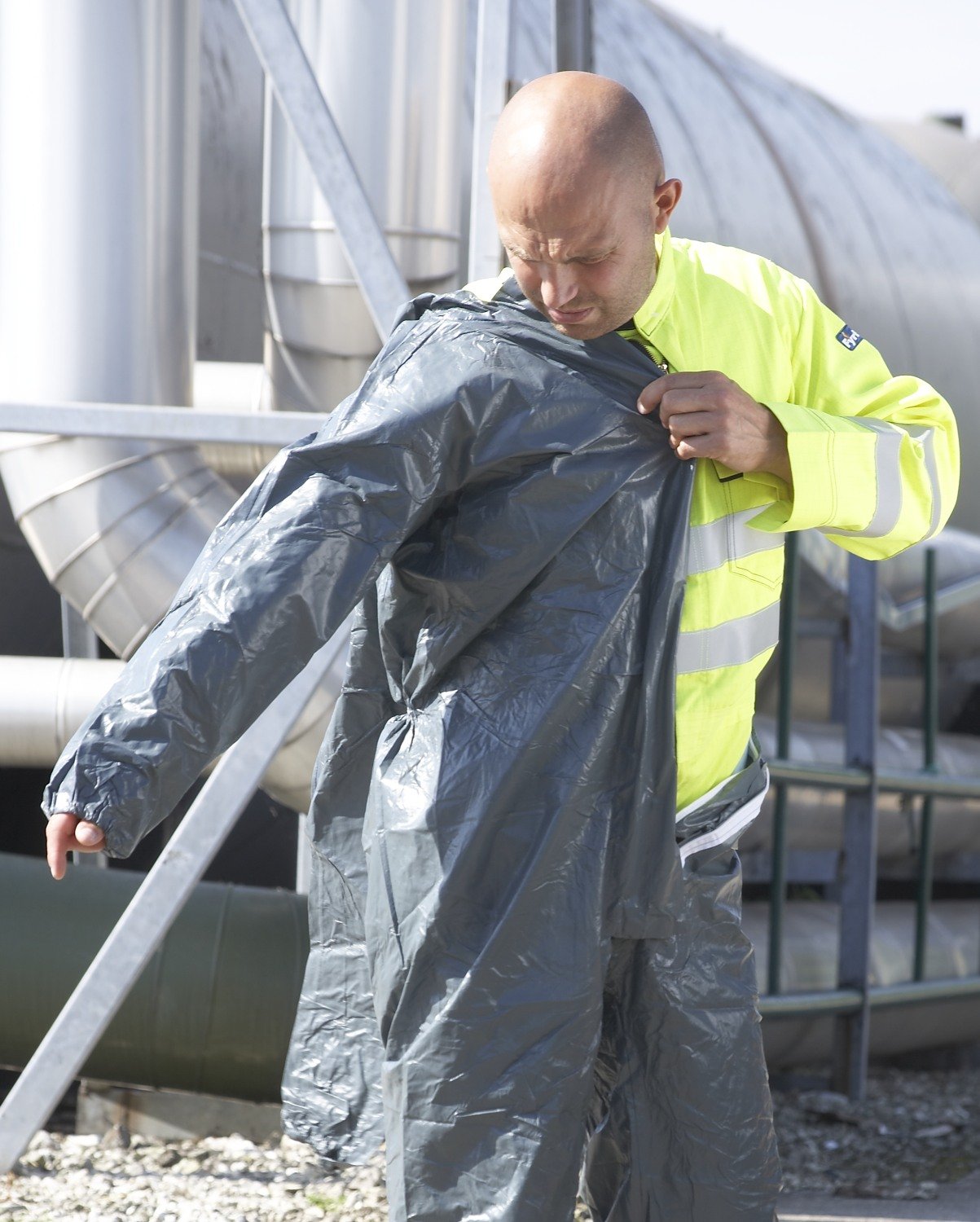
Pyrolon is unique in that it is not based on plastic or polymers, but viscose. It will not ignite, burn, or drip dangerous molten plastic on the wearer. It’s one of very few products that will give you a high level of chemical resistance combined with the ability to be safely worn over FR workwear—actually improving the overall total thermal protection.
Industry Q+A
The webinar included an question and answer session during with the following questions and more were asked.
Question: Wearing FR protection above chemical protective protection – is that okay?
Answer: This combination is very dangerous and should be avoided. Standard polymer chemical protection suits have a melting point between 100 and 130 degrees Celsius. When worn under FR protection, they may not ignite, but they would get to a temperature where they would melt directly onto the skin of the wearer.
Question: How do you ensure the correct fit with FR workwear?
Answer: When ensuring the correct sizing of FR workwear, there must be an air gap between the garment and the wearer’s skin. Tight-fitting garments should be avoided, as the layer of air between the skin and the garment fabric is an essential insulator against heat energy and the transfer of heat energy. When a Pyrolon garment is worn over FR workwear, you have two air gaps, improving the overall thermal protection.
Question: How are anti-static properties achieved on disposable workwear?
Answer: The anti-static properties of many types of standard disposable workwear is achieved by a process of spraying or dipping the fabric surface in a chemical that creates anti-static properties. The problem with this method is that the anti-static properties can rub off, fade, and generally may not last for the life of the garment. With Pyrolon, there’s no treatment! The anti-static properties are intrinsic. Because of this, you can be confident that the anti-static properties will last the life of the garment. If your team is working in zones where there is the risk of a spark causing a fire, then Pyrolon is a much better alternative to standard disposable workwear.
For a full review of all of the questions and answers, please tune into the webinar above.
The information and data presented in this webinar make it clear that you cannot wear standard disposable coveralls or standard plastic chemical suits over thermal protective garments. In fact, any such PPE combination is putting your team in danger.
Turn to Lakeland to help you find the right protective garment for your application and environment.

